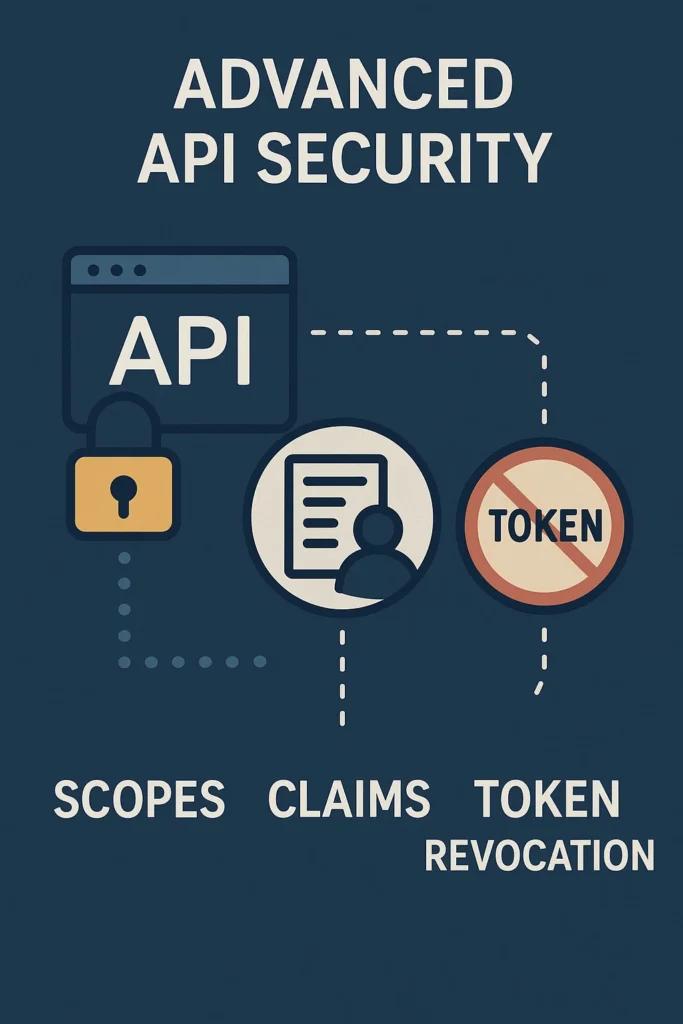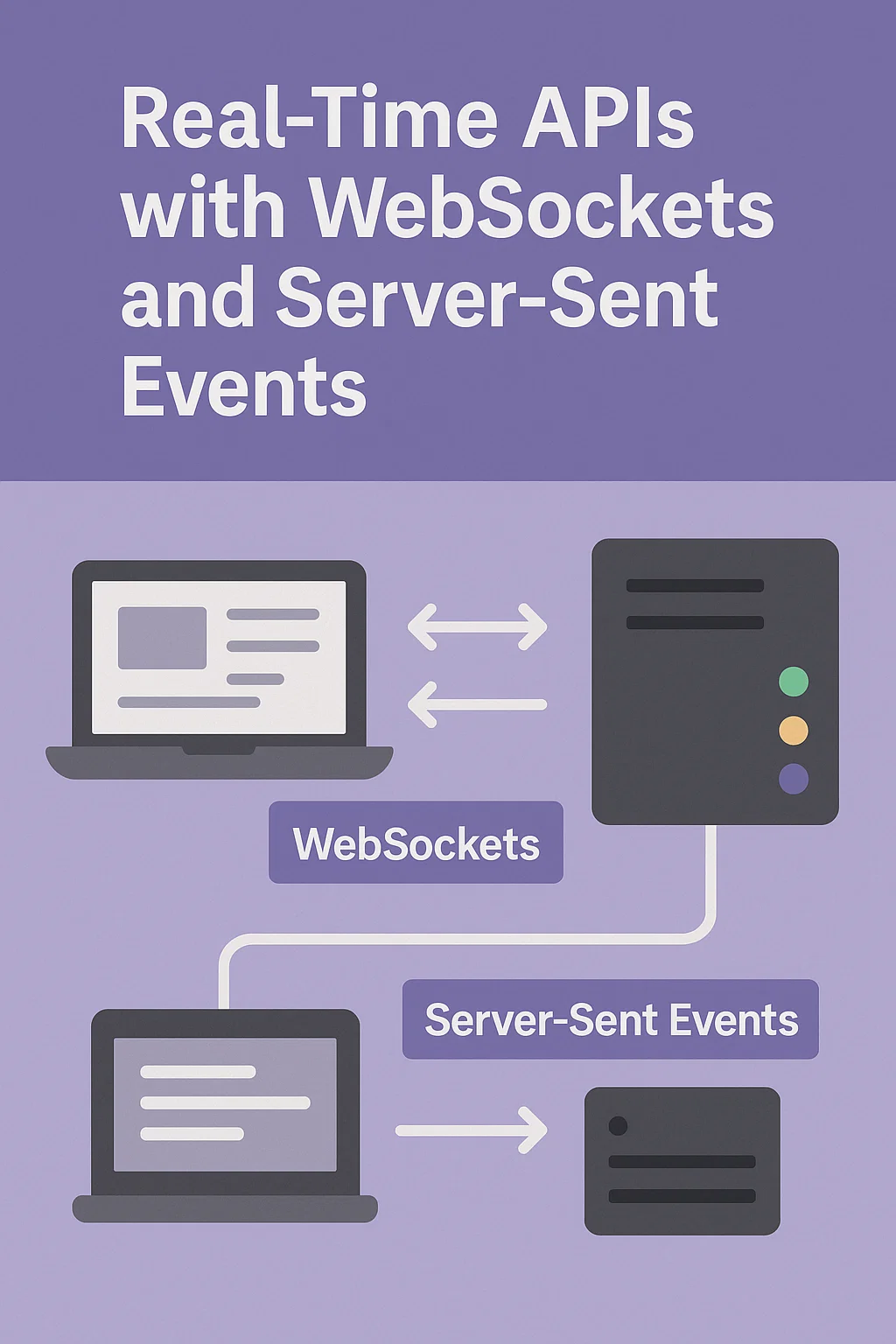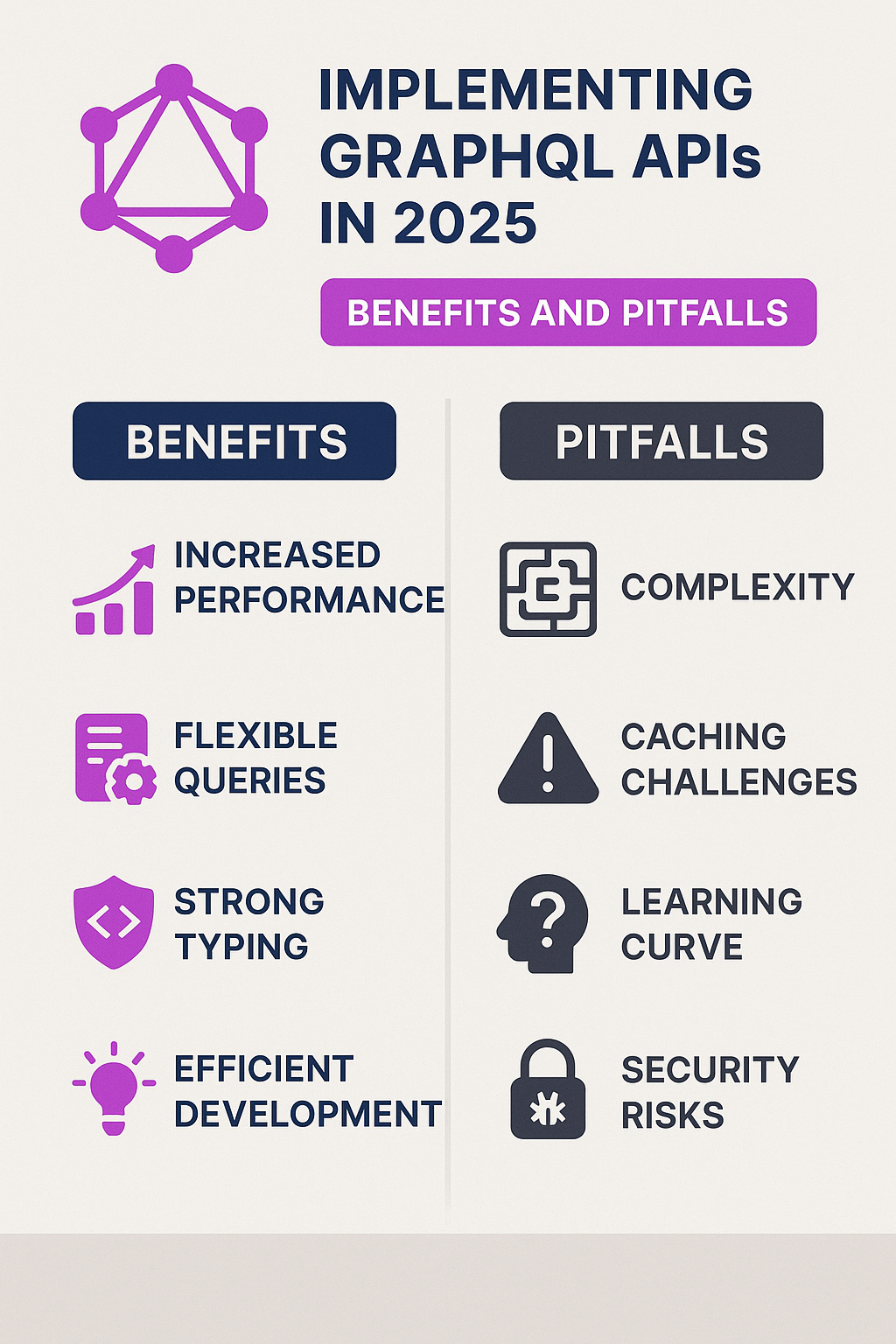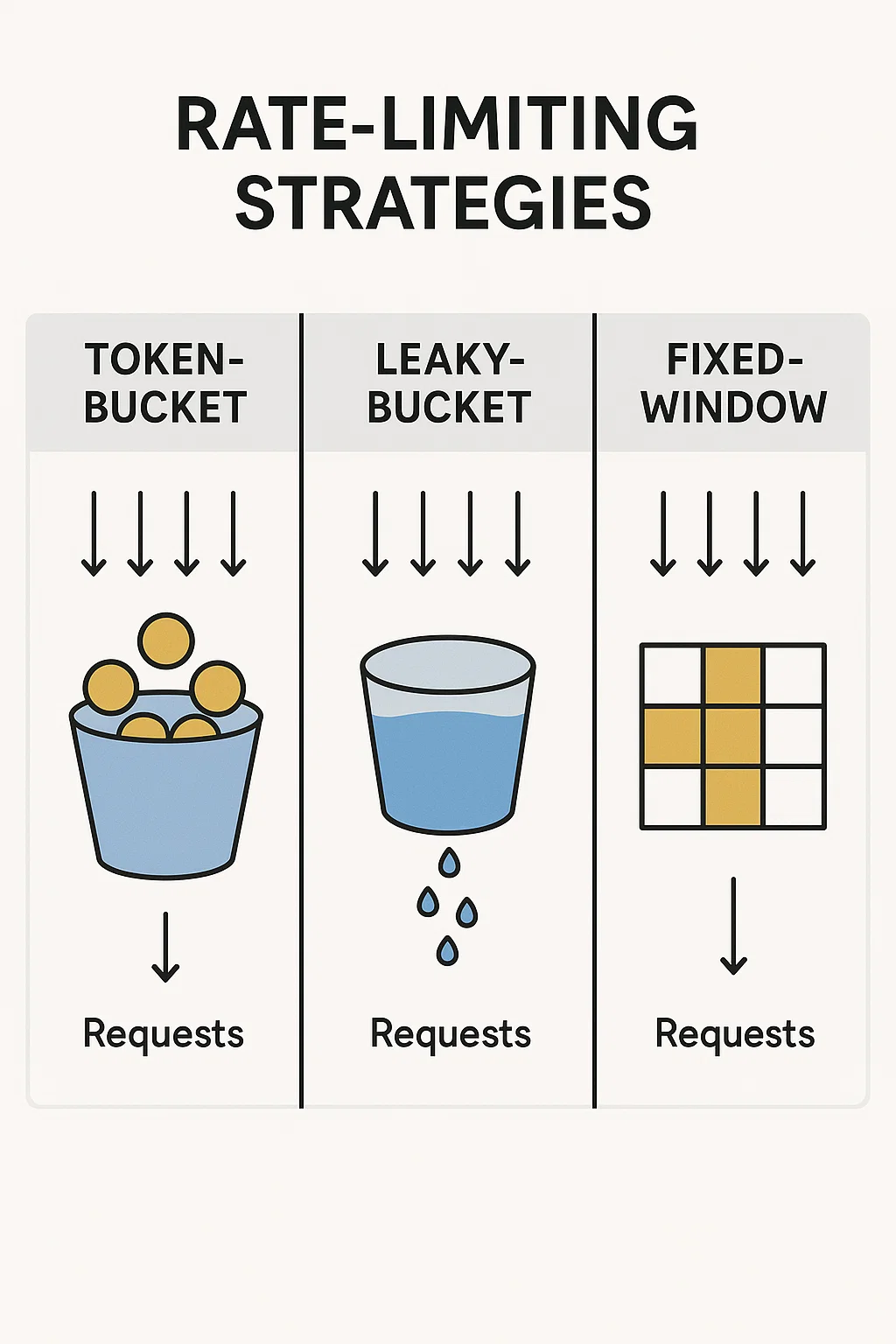
Why API Security Matters More Than Ever
APIs power almost every modern application. From mobile apps to microservices, they move data and manage user interactions.
However, with more connections come more risks — leaked tokens, misused permissions, and unrevoked sessions can all expose sensitive data.
To secure your systems, you need fine-grained control over what each user or app can do. This is where scopes, claims, and token revocation come in.
Understanding Access Tokens
Access tokens are small, signed pieces of data that represent a user’s identity and permissions.
They are used by APIs to verify requests without needing to log in repeatedly.
Tokens usually come from an authorization server (like OAuth2 or OpenID Connect) and can be short-lived or long-lived, depending on your security needs.
Scopes: Defining What Clients Can Do
A scope limits what actions a client can perform. It’s like giving a key that only opens certain doors.
For example:
read:users— allows viewing user data.write:users— allows editing user profiles.delete:users— allows removing users.
By assigning scopes carefully, you prevent over-privileged access. This approach supports the principle of least privilege, keeping your APIs safer.
Best practice: Always issue tokens with only the scopes the client truly needs.
Claims: Describing Who the User Is
A claim is a piece of information inside a token — like user ID, role, or organization.
Claims help APIs understand who is calling and what they’re allowed to do.
For example:
{
"sub": "123456",
"role": "admin",
"email": "dev@teachmeidea.com",
"scope": "read:users"
}
Common claim types include:
- Standard claims (e.g.,
sub,iss,exp) - Custom claims (e.g.,
team,region)
Tip: Avoid storing sensitive data like passwords or full PII inside claims — tokens can be intercepted if not handled properly.
Token Revocation: Taking Back Access in Real Time
Even with scopes and claims, tokens can become a risk if not managed correctly.
For example, what happens when a user logs out or a device gets stolen?
Token revocation lets you invalidate a token before it naturally expires.
It’s a must-have feature for modern authentication systems.
How it works:
- The authorization server keeps a list of revoked tokens.
- When an API receives a token, it checks if it’s been revoked.
- If revoked, access is denied instantly.
To improve performance, you can use short-lived tokens combined with refresh tokens for continuous access.
Common Security Mistakes to Avoid
- Overusing long-lived tokens — increases exposure risk.
- Ignoring scopes — gives clients too much power.
- Not rotating secrets — leaves APIs vulnerable if credentials leak.
- Failing to verify claims properly — allows spoofed identities.
- Skipping token revocation — lets old sessions stay active.
Each of these issues can lead to serious breaches if not addressed early.
How to Implement Secure Token Management
To build a secure API layer:
- Use OAuth2 or OpenID Connect for standardization.
- Store tokens safely (never in URLs or logs).
- Implement scope and claim validation on every request.
- Use HTTPS everywhere — always.
- Revoke tokens when users log out or reset credentials.
Modern libraries like Auth0, Keycloak, and Okta already include these mechanisms out of the box.
Final Thoughts
Strong API security is about more than just authentication — it’s about controlling what happens after a user is authenticated.
Scopes, claims, and token revocation work together to build trustworthy, fine-grained access systems.
To see how these concepts fit into larger systems, read Advanced API Gateway Patterns for SaaS Applications.
You can also explore Auth0’s guide to token best practices for more real-world implementation details.


